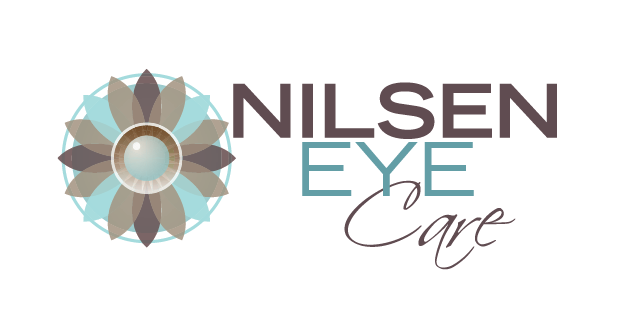
7 Ways To Relieve Computer Eyestrain
A significant amount of computer users deal with eyestrain or other negative vision symptoms. Computer vision syndrome (CVS) occurs as a result of staring at a computer for large portions of time. Common symptoms associated with CVS include headaches, blurred vision, neck and shoulder pain, and dry eyes. You may not be able to avoid staring into a computer screen while at work, but here are seven different ways to relieve CVS.
1. Eye Exam
Get an eye exam to examine your eye health regarding computer use. The best time to get an eye exam is before you start working on a computer, and once every year after that. You should be sure to tell your eye doctor how often you are on a computer at home and at work, so he can get the best read on your eyes.
2. Display Upgrade
Does your computer have an LCD display? If not, it’s probably time for an upgrade. Images on old CRT screens flicker as the image on the screen changes, which can cause strain on the eyes. LCD displays have smooth screen transitions and they also usually have anti-reflective surfaces, which will be less harsh on your eyes.
3. Adjust Display Settings
The brightness and contrast levels in the computer display settings play a major role in computer eyestrain. When working on a computer the screen should be the same brightness as your environment. If a computer display is too bright when you are working in a dark environment, it can allow too much light to enter your eyes and cause eyestrain.
4. Take Breaks
40 hours per week on a computer is a significant amount of time to be staring into light, and by making sure to take periods of time away from a screen you can decrease eyestrain. Most people take two 15 minute breaks during work hours, but a recent study suggests that people should take four additional five minute breaks throughout the day to decrease eyestrain.
People may worry about their productivity if they took multiple small breaks throughout the day, but there is no evidence to support this claim.
5. Blink
When you are focused on a computer screen, sometimes you may forget to blink. Blinking keeps eyes moisturized and protects eyes from potential irritants. Prolonged computer use causes people to blink about one-third less than they usually do. This will increase the risk of blurry vision, dry eyes, and irritation.
To make sure you blink a sufficient amount, try blinking multiple times in a row every 30 minutes. This will ensure that your eyes are moistened throughout your work period.
6. Computer Eyeglasses
If working on a computer is part of your regular work day, you may want to invest in a pair of eyeglasses made specifically for wearing when using a computer. These glasses are designed to give you optimal vision for computer work, and won’t leave your eyes feeling strained at the end of the day.
7. Limit Glare
Glare is harsh on the eyes, and working in a office space with a significant amount of glare can increase symptoms associated with CVS. Cover windows, paint bright walls a darker and matte color, and install an anti-glare computer screen on any monitors you use. You can also purchase glasses with an anti-reflective coating to minimize the amount of glare that reflects off your lenses.




